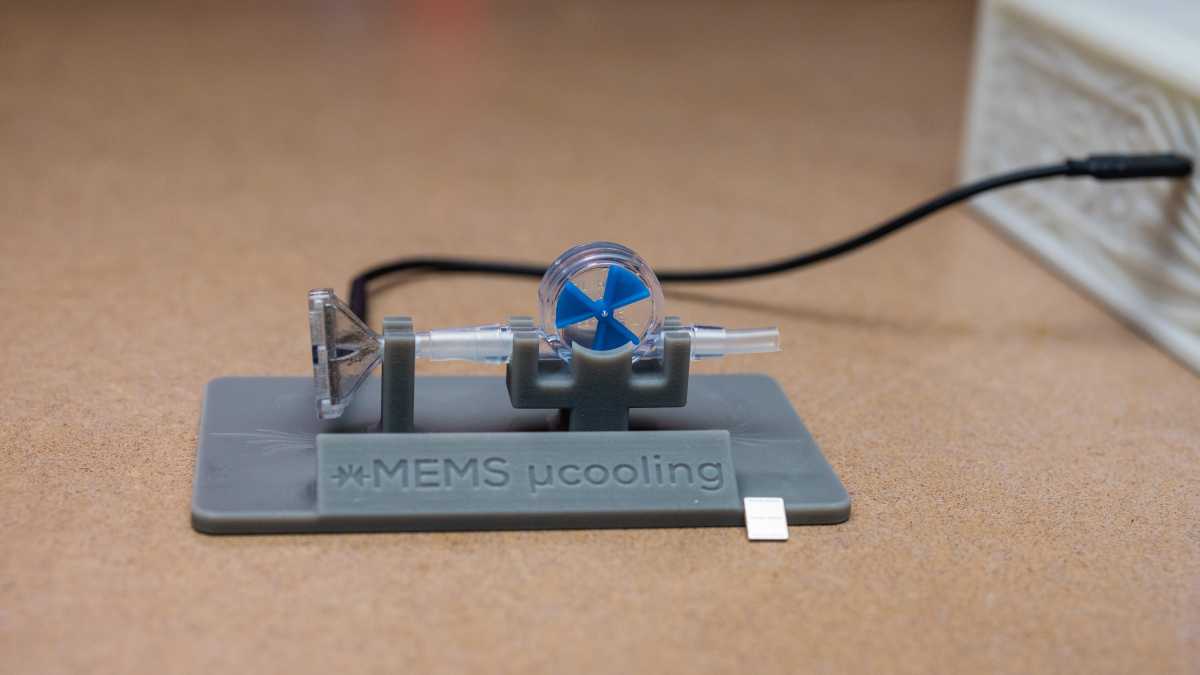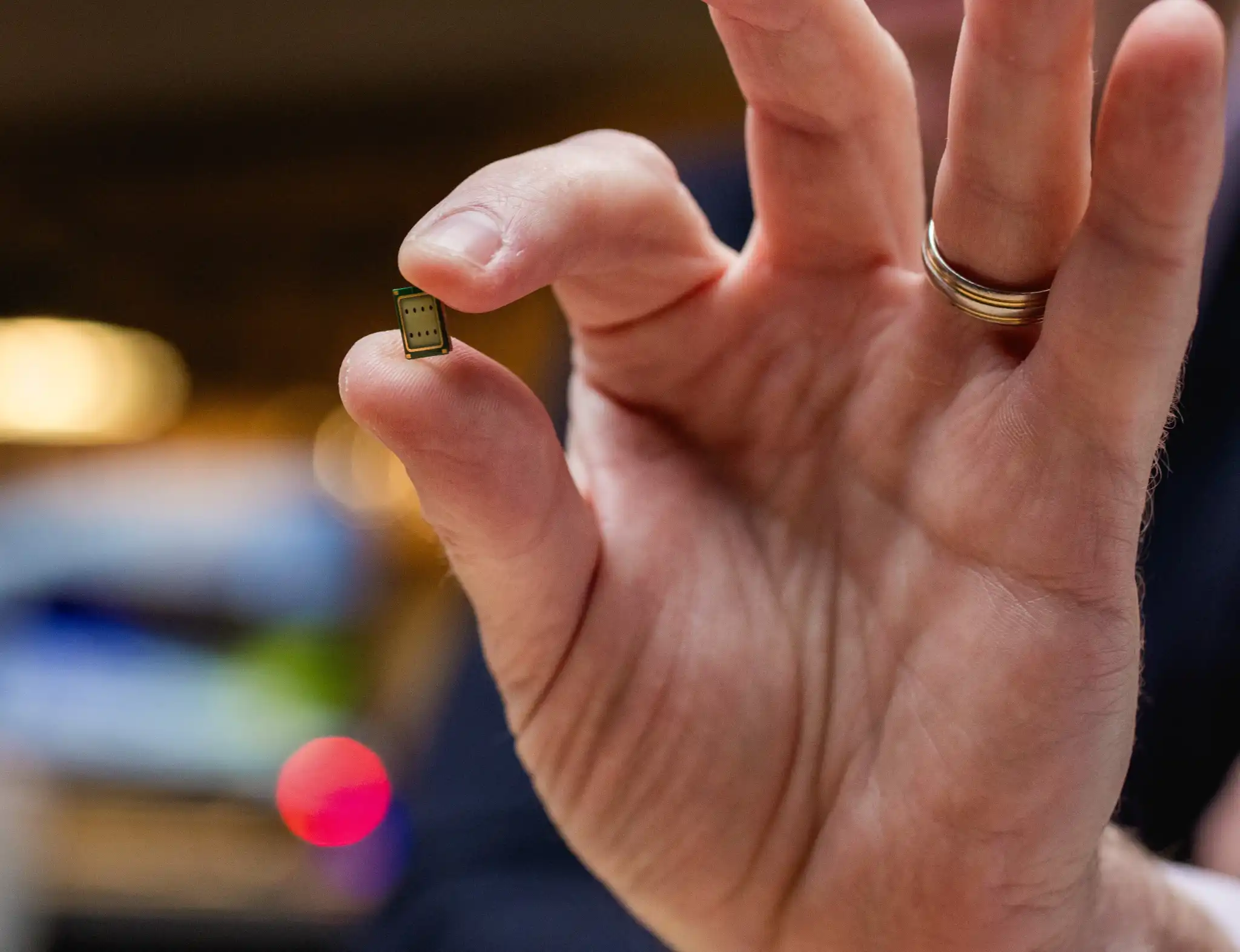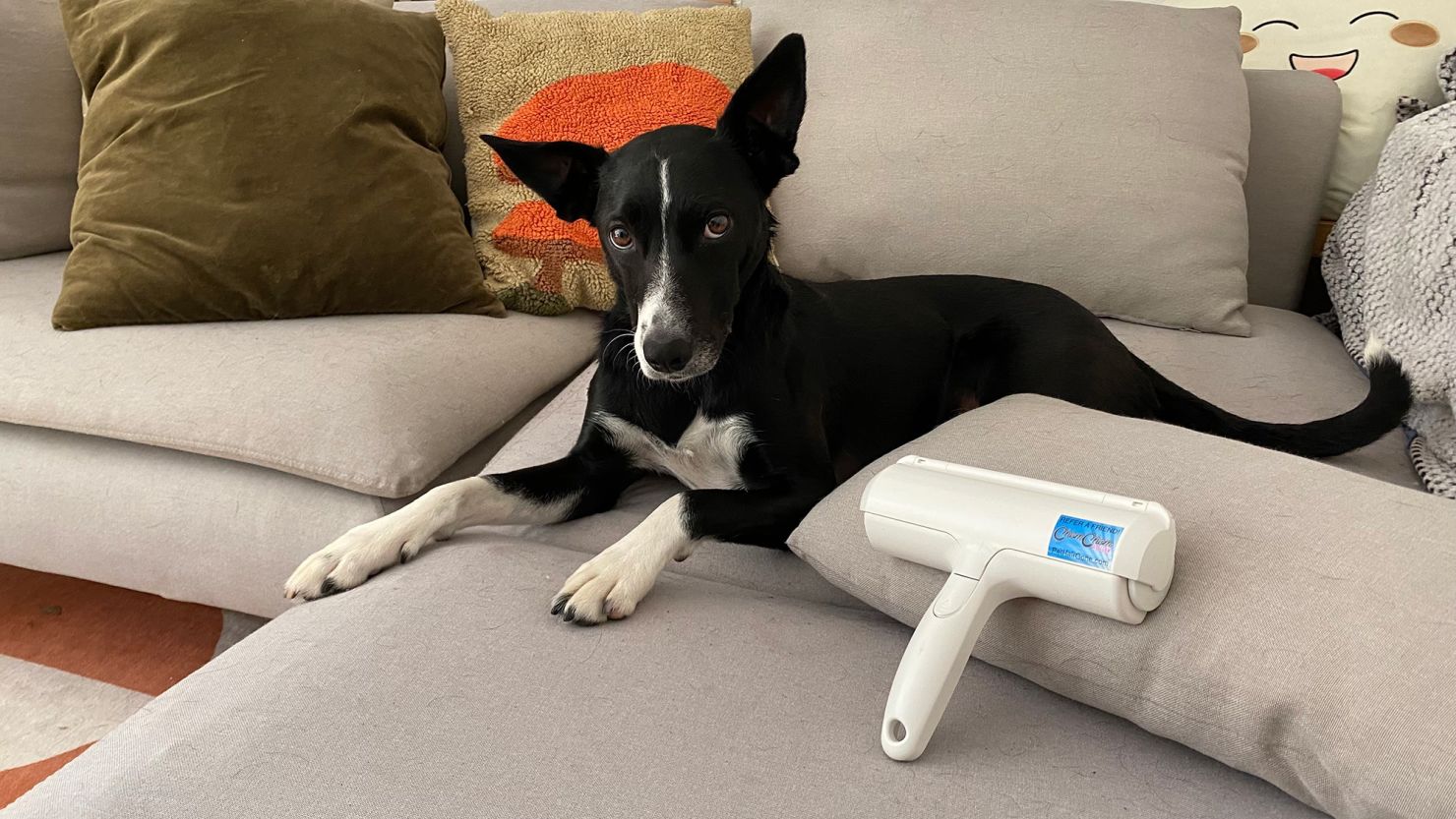Move over, Frore AirJet. The xMEMS XMC-2400 has designs on the smartphone and maybe the laptop.
If you had any doubts about silicon cooling chips being the wave of the future, this should help convince you: Now there are two companies operating in that space. xMEMS has announced the XMC-2400, a competitor to the Frore Systems AirJet that was announced less than two years ago.
What xMEMS is calling the xMEMS XMC-2400 µCooling chip isn’t a direct competitor to AirJet’s laptop processor coolers, though. For now, it’s aimed at smartphones and tablets, as well as SSDs. Nevertheless, that puts it on a collision course with Frore’s AirJet Mini Slim and its future roadmap. Meanwhile, xMEMS says it will scale up its teeny-tiny cooling chip into something larger and more robust.
Most cooling solutions for semiconductors are either passive — via heatsinks, which thermally conduct heat using metals like copper and aluminum — or active, typically using forced air via a blower to cool the chip. Active cooling is typically better at removing heat, but a fan, blower, or an array of heat pipes are both expensive and take up valuable space.
Micro-electromechanical systems (MEMS) feature the best of both worlds. They’re small, and can be easily connected to the outside of an existing chip. They’re also more effective than a passive cooling solution, as they use a vibrating membrane as a fan of sorts, sucking in cool air, pushing it across the heated surface of the chip package, and then pushing the hot air out through the system and from there outside of the device.
The argument is still the same: No matter how fast a chip might run, it can’t achieve its top speed for prolonged periods of time. These “turbo” modes typically last for seconds at most, which means that the speed of the chip isn’t the gating factor for chip performance, companies like xMEMS say. Cooling is.
“Each generation of processor, independent of a supplier [like] ARM, Intel, Nvidia, et cetera, improves the performance versus power equation,” said Mike Housholder, the vice president of marketing and business development at xMEMS “Yet, at a system level, we are never able to achieve the maximum performance specifications of the silicon for extended periods of time. This is always gated by system thermal dissipation. So, performance is no longer gated by the capabilities of the silicon.

Willis Lai
“To sum it up, I see the thermal management challenge increasing, not decreasing,” Housholder said.
The introduction of the Frore Airjet was truly one of the most exciting announcements of 2022. Now xMEMS has its own take.
How is the XMC-2400 different than the Frore AirJet?
The difference in approach is apparent just from the photos: The smallest device Frore currently makes is the AirJet Mini Slim, with a 27.5mm x 41.5mm x 2.5mm footprint. Comparatively, the XMC-2400 is tiny: Just 9.26mm x 7.60mm x 1.08mm.
Why? Because xMEMS has been manufacturing MEMS devices for some time — but not for cooling. Instead, the XMC-2400 comes from the company’s legacy of building MEMS devices as speakers, inside tiny earbuds. A transition away from using MEMS membranes to produce sound to those that could cool a chip was a natural transition, according to Housholder.

Willis Lai
xMEMS tech is featured in products like the Creative Aurvana Ace 2, in an advance that SoundGuys.com heralded as the audio version of the transition from hard drives to SSDs. Last November, xMEMS announced an ultrasonic transducer — normally pitched at above human hearing, but the company’s technology allowed it to generate audible sound. “So really, it’s the same piezo MEMS platform, but repurposed so instead of generating audible sound for music playing, it’s now generating airflow,” Housholder said.
Piezoelectronics can generate voltages when pressure is applied, or vice versa. In this case, the membrane is physically moving. “We’ve kind of had in the back of our mind, since the founding of the company, that once we could get to the sound from ultrasound technology that a cooling product could be an offshoot of that; that’s what we’re announcing” Housholder said.
“By playing with the frequencies of the ultrasound, we can tune it to audible sound or we can tune it to airflow,” Housholder added.
Like Frore’s AirJet, cool air is sucked in as the membrane vibrates in one direction, and is pushed against the heat spreader of the chip itself. That creates a cavity filled with relatively pressurized air, which is then pushed out through a release valve. The vents can be mounted in either the top or sides of the package. Housholder said that the XMC-2400 is bidirectional, so that you could have one XMC-2400 directly cooling a chip, while another is placed elsewhere in the system, near a vent, to assist pulling or pushing air outside of the system.



